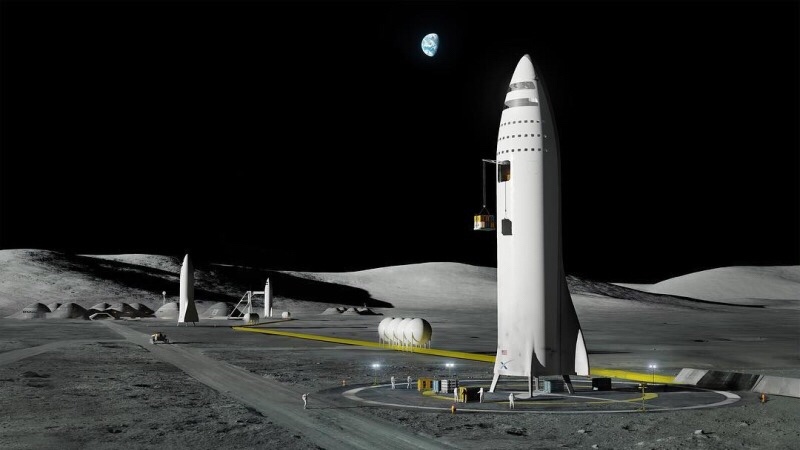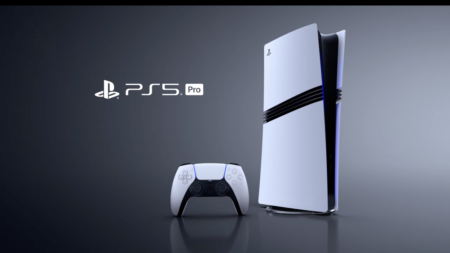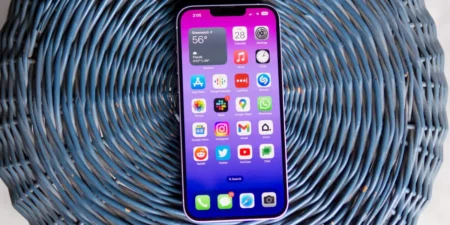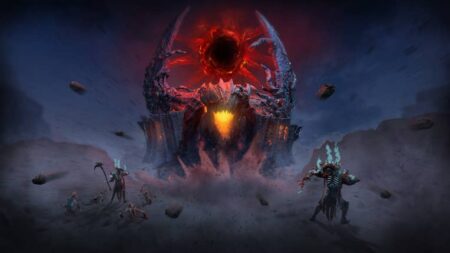At SXSW, Elon Musk provided some details about SpaceX’s BFR rocket system and when we might see it in action. Musk said that he is expecting the spacecraft’s first “short up-and-down flights” by the first half of 2019. While this is good news for the rest of us, we should take it with some caution because Musk noted that his timelines tend to be “optimistic,” but at least he gave us a time frame.
SpaceX’s BFR rocket system is considered to be the successor to Falcon Heavy, and it’s current design would use a total of 37 Raptor engines (31 on the booster rocket, and 6 on the spacecraft) that could possibly deliver twice the boost of a Saturn V rocket. The rocket is meant to be reusable and would be the company’s first vehicle designed for missions beyond Earth.
While Mars missions are the ultimate goal for SpaceX, the rocket system should be capable of return trips to the Moon and space station resupply missions. The rocket system can carry about 150 tons, or five times as much cargo as the Falcon Heavy.
It’s quite easy to be skeptical of Musk’s early 2019 target, not just because of his overambitious schedules, but these types of ambitions are even harder for NASA. The BFR rocket system is 348-foot in height and that makes it much larger than the Falcon Heavy. That alone brings in a low of new factors to consider, among other things. The one thing that SpaceX has going for it is the experience it has than it did a few years ago. The only question remains is if SpaceX has learned enough so far to meet the target for BFR.





